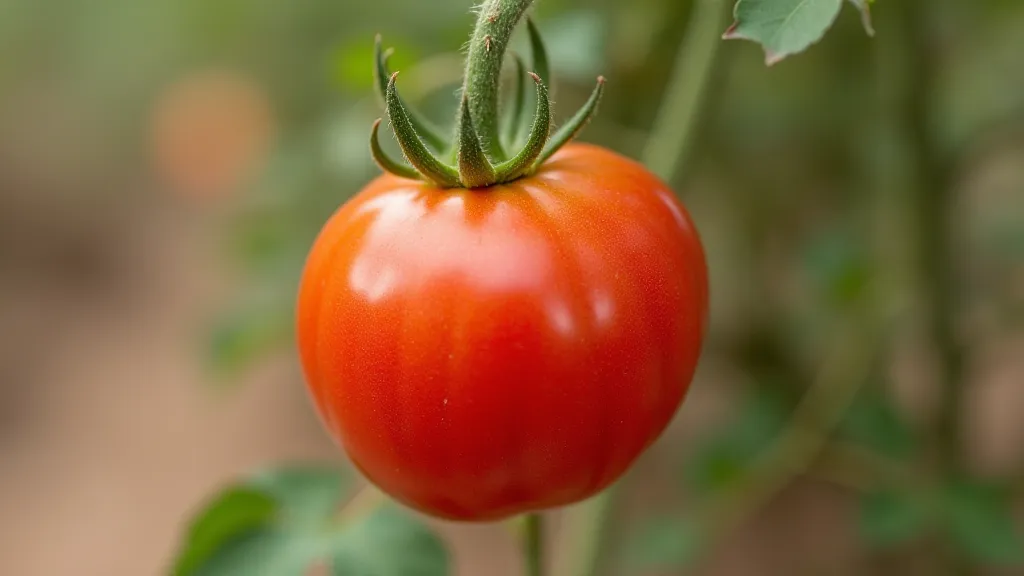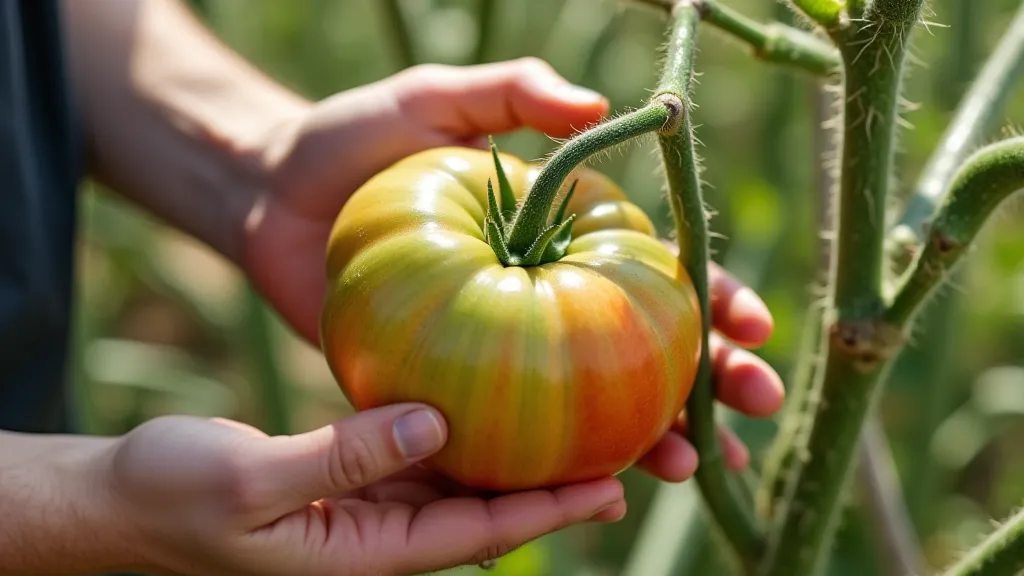German Johnson Tomatoes: A Desert Southwest Cultivation Guide
The German Johnson tomato is a beloved heirloom, renowned for its exceptional flavor and substantial fruit size. But cultivating this giant in the challenging climate of the Desert Southwest demands a tailored approach. This guide will delve into the specific hurdles faced by Desert Southwest gardeners and provide practical solutions to ensure a bountiful harvest of German Johnson tomatoes.
Understanding the Challenges: Desert Southwest Gardening
The Desert Southwest presents unique obstacles to successful tomato growing. These include:
- Intense Heat: Temperatures frequently soar, stressing plants and potentially leading to blossom drop and poor fruit set.
- Water Scarcity: Water is a precious resource, and consistent watering can be a significant challenge.
- Intense Sunlight: While sunlight is essential for growth, excessive exposure can scorch leaves and damage fruit.
- Dry Air: Low humidity can lead to moisture loss and stress on the plants.
- Alkaline Soil: Desert soils often have a high pH, which can hinder nutrient absorption.
Selecting the Right Location & Soil Preparation
Location plays a crucial role in mitigating the challenges. Choose a spot with morning sun and afternoon shade, if possible. East-facing locations are ideal. Consider using shade cloth during the hottest part of the day. The right location is essential, but so is the soil. Before you plant, consider how different tomato varieties might react to regional variations - for example, the challenges of growing in the Rocky Mountains are quite different.
Soil Preparation is Key:
- Amend the Soil: Desert soil often needs significant amendment. Incorporate copious amounts of organic matter like compost, well-rotted manure, and leaf mold. This improves drainage, water retention, and adds vital nutrients.
- Lower the pH: If your soil is highly alkaline (test the pH!), amend it with sulfur or acidic organic matter like peat moss to bring the pH closer to 6.0-6.8. Understanding how different soils react with different varieties is crucial for success.
- Raised Beds or Containers: These offer better drainage and allow you to control the soil composition more easily. For larger varieties like the German Johnson, wider containers are even better to accommodate their extensive root systems.
Starting Seeds vs. Transplants: While you can start seeds indoors 6-8 weeks before the last expected frost, buying sturdy transplants from a reputable nursery is often the best option in the Desert Southwest due to the short growing season. This is especially true when dealing with varieties known to be somewhat more finicky. Selecting the right tomato variety for your location can drastically improve your chances of success. For those in mountainous regions, the Mortgage Lifter tomatoes, for example, are specifically adapted to thrive.
Planting Time: Wait until the soil has warmed significantly (around 65°F) and the risk of frost has completely passed. Late spring/early summer planting is common. Success in the Desert Southwest also depends on understanding the unique challenges faced in different regions. It’s a good idea to research best practices suited to your specific microclimate.
Watering: Deep, infrequent watering is preferable to frequent, shallow watering. German Johnson tomatoes need a lot of water, so aim for 1-2 inches of water per week. Use a soaker hose or drip irrigation to deliver water directly to the roots, minimizing water loss through evaporation. Consistent and deep watering is especially vital for a variety that grows so large and requires support. Consider the water usage requirements of the variety you choose, aligning with your available resources.
Mulching: Apply a thick layer of organic mulch (straw, wood chips, or shredded bark) around the base of the plants. Mulch helps retain moisture, suppress weeds, and regulate soil temperature. The benefit of mulch extends beyond water retention; it also helps to insulate the soil from extreme temperatures, crucial for a desert environment.

Dealing with Desert-Specific Challenges
Blossom Drop: High temperatures and stress can cause blossoms to drop. Providing shade during the hottest part of the day and ensuring consistent watering can help mitigate this. Consider using blossom-set sprays, but prioritize addressing the underlying stress factors. Understanding how environmental factors impact blossom set is key to a successful harvest. While blossom sprays can provide a temporary fix, addressing the root causes is ultimately more effective.
Sunscald: The large size of German Johnson tomatoes makes them susceptible to sunscald. Providing shade or physically rotating the fruits can help prevent this. The sheer size of these tomatoes puts them at a higher risk of sun damage, necessitating preventative measures. Carefully monitoring fruit development is a crucial part of the process.
Pest & Disease Management: While generally resistant, keep an eye out for common tomato pests and diseases. A healthy plant is the best defense. Focus on soil health, proper watering, and airflow to minimize the risk of infestation. For those in regions with unique agricultural conditions, like the Appalachian mountains, growers have developed their own strategies for disease prevention. The Arkansas Traveler tomatoes exemplify this adaptation, demonstrating resilience in challenging conditions.
Harvesting Your Bountiful Crop
German Johnson tomatoes are typically ready for harvest 90-100 days after planting. Look for fruits that are deeply colored, slightly soft to the touch, and have a rich, sweet aroma. Handle these giants with care! Their weight can easily damage branches and require careful support.

Beyond variety selection and environmental control, experimenting with different planting schedules and techniques can significantly impact your harvest. Comparing the performance of different varieties is a key element in optimizing your garden's output. A comparative guide, such as Tomato Variety Comparison: Best Performers in [Region] can provide invaluable insights for gardeners looking to maximize their yield.
Extending the growing season is another challenge faced by Desert Southwest gardeners. Carefully timing plantings and employing techniques like row covers can help maximize the harvest period. For those seeking to push the boundaries of their growing season, regional techniques for season extension, as outlined in Extending the Tomato Season: Regional Techniques, can be incredibly helpful.
With careful planning and consistent care, you can enjoy a rewarding harvest of delicious German Johnson tomatoes, even in the challenging conditions of the Desert Southwest.





